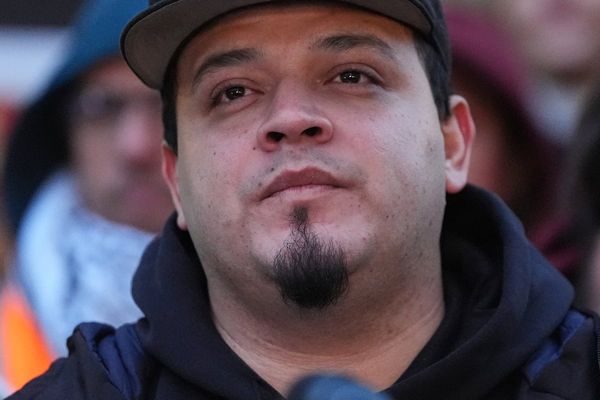
Donald Trump was sworn in as the 47th U.S. president, marking the beginning of his second term in the White House. The inauguration ceremony was moved indoors due to intense cold weather. Following the swearing-in, Trump attended a parade in his honor at Capital One Arena and signed several executive orders and pardons for his supporters involved in the storming of the U.S. Capitol on Jan. 6, 2021.
Key Developments:
Trump signed a memorandum allowing interim security clearances for some aides whose federal background checks are pending. He also raised the possibility of invoking a wartime power act to deport gang members deemed as foreign terrorist organization affiliates.
Additionally, Trump signed an order halting offshore wind expansion, directing a review of federal wind leasing and permitting practices. He also received congratulations from Taiwanese President Lai Ching-te, expressing hopes for continued collaboration.
Furthermore, Trump directed the attorney general to assist states in obtaining lethal injection drugs for executions and suspended U.S. foreign assistance programs for 90 days pending reviews.
















Republicans expressed a desire for local police to cooperate with immigration authorities, while Trump's immigration order restored deportation criteria to target all individuals in the country illegally.
Congressional Republican leaders are set to meet with Trump, and the president of a government employees labor union criticized Trump's freeze on government hiring. House Speaker Pelosi condemned Trump's pardons for Jan. 6 defendants as 'shameful.'
Trump praised Bill Clinton's political sense and initiated the process of withdrawing the U.S. from the World Health Organization for the second time during his presidency.







